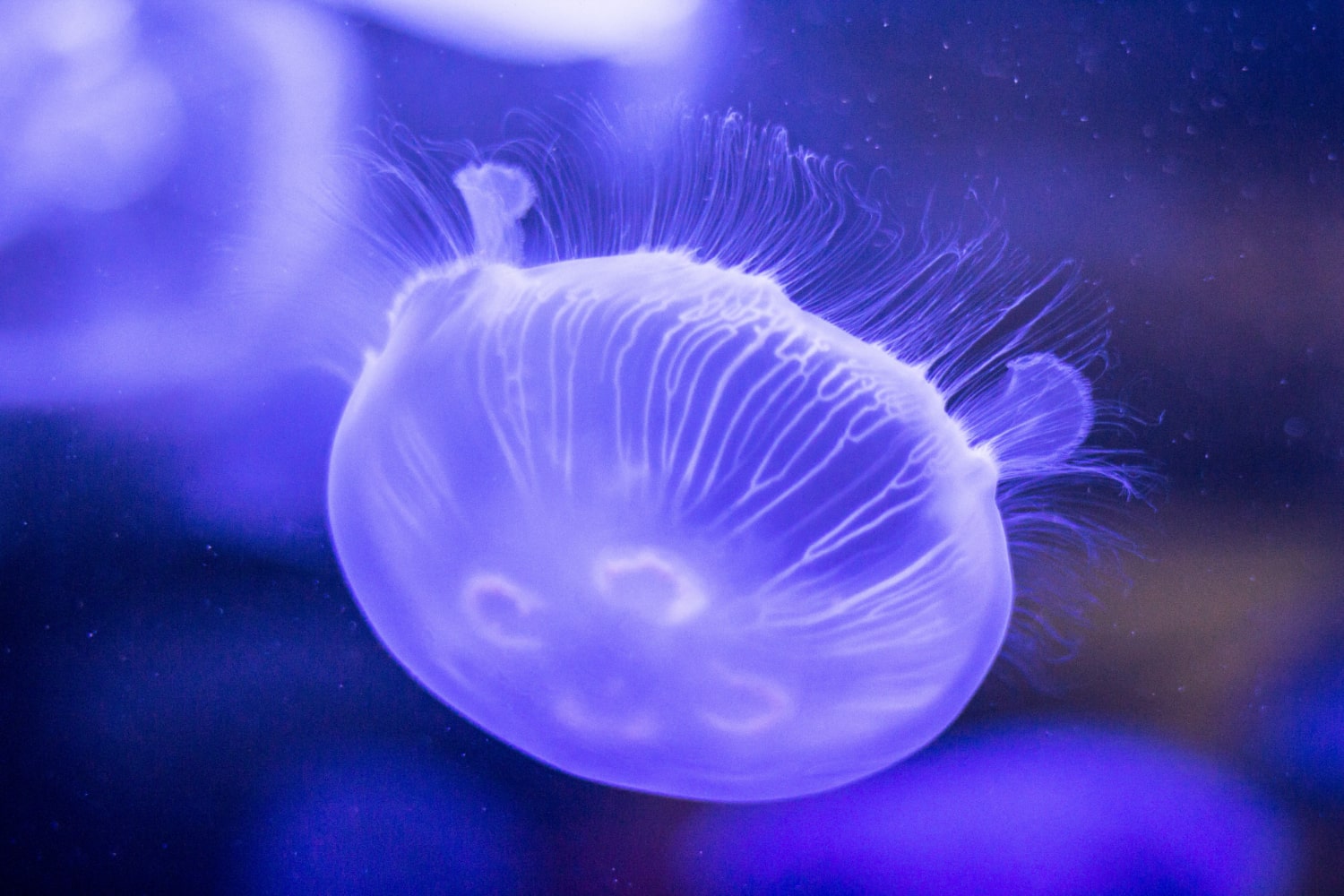Jellyfish are among the most ancient and fascinating creatures inhabiting our planet’s oceans. With their translucent bodies and mesmerizing movements, they capture attention and curiosity wherever they drift. Despite lacking a brain, heart or bones, jellyfish survive and thrive in some of the most extreme environments on Earth. Scientists and nature lovers alike continue to uncover astonishing details about their biology and behaviors. Below is a collection of interesting facts about jellyfish that you might not have known.
- Jellyfish have existed for over 500 million years. They appeared in Earth’s oceans long before dinosaurs roamed the land. As some of the oldest multicellular organisms, they offer insight into early life forms.
- They do not have a brain, heart or respiratory system. Their bodies consist mostly of water and a simple nerve net that helps them respond to stimuli. Still, they manage to swim, digest and react to their surroundings effectively.
- Some species can glow in the dark through a process called bioluminescence. This ability helps them deter predators and navigate deep waters. The glowing effect is also used in scientific research involving genetic markers.
- The species Turritopsis dohrnii is often called the immortal jellyfish. It can revert from its adult form back to a polyp stage under certain conditions. This biological ability to reset its lifecycle is unique among animals.
- Jellyfish vary greatly in size, ranging from a few millimeters to several meters in length. The lion’s mane jellyfish is one of the largest, with tentacles that can extend up to 30 meters. Others are so tiny that they are nearly invisible to the human eye.
- They swim using a pulsing motion by contracting their bell-shaped bodies. This rhythmic movement propels them forward with minimal energy. However, most of the time, they simply drift with ocean currents.
- Many jellyfish possess stinging cells called cnidocytes on their tentacles. These cells inject venom into prey or potential threats, causing pain or serious injury. The box jellyfish is among the most dangerous, with venom that can be fatal to humans.
- Jellyfish have a single body opening that serves as both mouth and anus. This simple digestive system processes food such as plankton, small fish and other marine creatures. Waste is expelled through the same opening.
- They reproduce through both sexual and asexual means. Their complex life cycle includes a polyp stage and a medusa stage. This versatility allows jellyfish to adapt to changing environmental conditions.
- Jellyfish inhabit all the world’s oceans, from shallow coastal areas to the deep sea. Some live at great depths where sunlight never reaches and conditions are harsh. Their ability to survive in such a wide range of habitats is remarkable.
- Certain species have rudimentary eyes that can detect light and shadows. Box jellyfish even have complex eyes with lenses and retinas, giving them limited vision. This helps them navigate and avoid obstacles in the water.
- In parts of Asia, jellyfish are considered a delicacy. They are processed through salting and drying before being used in salads or other dishes. They are low in calories and high in protein.
- Massive jellyfish blooms can disrupt power plants and fisheries. They can clog water intake pipes and damage fishing gear. Climate change and overfishing are believed to contribute to the increase in jellyfish populations.
- Jellyfish hold symbolic meanings in various cultures, representing both danger and grace. Artists, designers and tattoo enthusiasts often use their ethereal forms as sources of inspiration. Their transparency and fluidity evoke both beauty and mystery.
- During large blooms, jellyfish can significantly reduce oxygen levels in water. This depletes the environment for other marine life and can lead to dead zones. These events are becoming more common in warmer oceans.
- Jellyfish absorb oxygen through their skin, as they lack lungs or gills. This diffusion method allows them to live even in low-oxygen environments. It is one of their key adaptations to various aquatic conditions.
- Some jellyfish can regenerate damaged or lost tentacles. This healing ability makes them highly resilient to physical injury. Tissue regeneration in such simple organisms is an area of growing scientific interest.
- Engineers have studied jellyfish movement to develop underwater robots. Their energy-efficient swimming inspired designs for silent marine exploration devices. These robots are useful in ocean research without disturbing the environment.
- Specialized jellyfish aquariums have been created in public and private collections. These tanks simulate natural conditions and allow viewers to observe jellyfish behavior up close. Watching jellyfish has even been shown to reduce stress and promote relaxation.
Jellyfish are extraordinary animals with many features that continue to surprise researchers and enthusiasts. Their ancient lineage, survival skills and unique biology place them among the ocean’s most intriguing inhabitants. Learning about jellyfish helps us appreciate the diversity and adaptability of life in marine ecosystems. These amazing facts reveal just how much there is still to discover beneath the waves.





